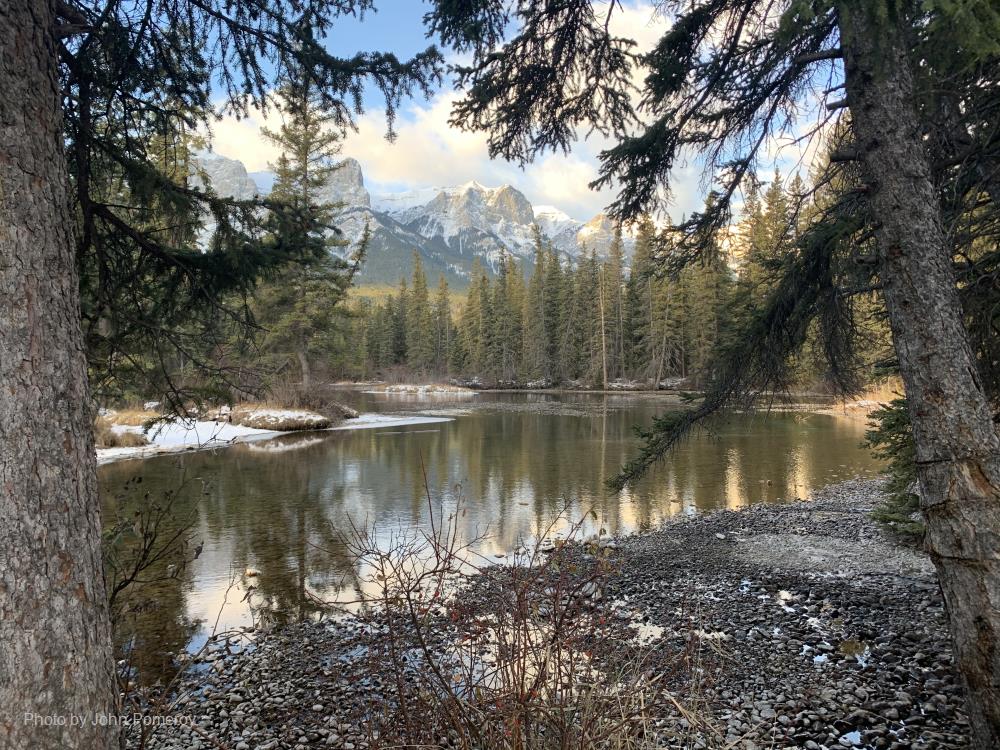
Related items loading ...
Section 1: Publication
Publication Type
Journal Article
Authorship
Brouwer, R., & Sheremet, O.
Title
The economic value of river restoration
Year
2017
Publication Outlet
Water Resources and Economics, 17, 1-8
DOI
ISBN
ISSN
Citation
Abstract
Water policies are often still evaluated primarily on the basis of their budgetary financial costs since these costs are typically relatively easily calculated. The calculation of all costs and benefits, including (second-order) indirect effects on sectors and non-priced environmental effects, often referred to as the broader social costs and benefits (e.g. [12]), is a more difficult task. Social cost-benefit analysis (CBA) is a widely applied method for evaluating public water policies, since government interventions are often related to the provision of public goods, having an impact on society as a whole. Such impacts should consequently be valued and evaluated from a societal perspective, not the perspective of the investor only, such as a central or local government. Restored or ‘natural’ river corridors typically have the potential to provide a wide range of ecosystem services [46]. It is the wider social value attached to these ecosystem services besides their ecological value that is often missing in information supply supporting river restoration policy and decision-making.
CBA is carried out in order to evaluate and compare the various advantages and disadvantages of river restoration projects in a structured and systematic way. The benefits from a restoration project are compared with the associated costs within a common analytical framework with clearly defined spatial and temporal boundaries. To allow comparison of these costs and benefits related to a wide range of impacts, measured in widely differing units, money is used as the common denominator. The results of this analysis can be interpreted as a B-C ratio, that is, total benefits divided by total costs, where a ratio larger than one indicates that the policy measure is beneficial from a social point of view and hence yields a welfare improvement. A CBA compares the costs and benefits of different restoration options in monetary terms. Strictly speaking, only those costs and benefits are included in a CBA that can be quantified in monetary terms. This is where usually most problems start for river restoration project appraisal since many effects, in particular ecological benefits, are often not priced in monetary terms. For many goods and services provided by restored or natural water resources, there is no market where they are traded, and therefore no market price is available, which reflects their economic value. Hence, it will hardly ever be possible to monetize all impacts all the time. Those impacts that cannot be monetized are therefore often left out of the analysis.
While a textbook CBA requires that all impacts be monetized, in practice different approaches exist on how non-monetized impacts are included in CBA. Non-monetized impacts, if considered relevant, can for instance be included in a qualitative discussion accompanying the CBA results. Pearce [37] argues that in early CBA's conducted in the UK, such impacts would have been either ignored entirely, left for a subsequent environmental impact analysis, or monetized only partly. Applying an approach of monetizing impacts where possible, and including them in another form where monetization is not possible marks a deviation from the textbook ideal, but does not discredit the method as such. Moreover, there are nowadays several economic valuation methods, which allow placing a monetary value on non-marketed goods and services. Including these non-market values in a CBA means that a wide range of environmental goods and services provided by river restoration are explicitly recognized in the CBA.
This special issue focuses on the estimation of the economic benefits of river restoration, applying different stated and revealed preference methods, in urban and rural areas across Europe [2], [29], the US [30] and Australia [39]. The special issue also includes a qualitative review of existing valuation studies and their use and usefulness in US and European restoration policy and decision making [6], and a quantitative meta-analysis of the existing literature in this paper. The selected studies examine the trade-offs between the production of Atlantic Salmon smolt and hydropower in a regulated river in southern Norway [2], the impact of hydropower dam removal in the Kennebec watershed in Maine, USA [30] to restore sea-run fisheries on surrounding property values, the restoration of urban drains into fully functioning wetland ecosystems or living streams on property values in Perth, Australia [39], and restoration of sediment-stressed forest streams in the river Iijoki catchment in northeastern Finland [29].
In the remainder of this paper, the results of a quantitative meta-analysis of the existing literature are presented, summarizing the non-market values based on almost 40 stated preference studies for the ecosystem services associated with river restoration, such as flood regulation, erosion and sediment control, water quality regulation, recreational amenities, landscape aesthetics and biodiversity. The meta-analysis aims to test the reliability of the estimated meta-regression models for the purpose of benefits transfer, informing policy and decision-making about the nonmarket benefits of river restoration.
Plain Language Summary


 GWFNet
GWFNet Master
Master Data
Data Research
Research Map
Map
 Advanced
Advanced Tools
Tools
 . . .
. . .
 Metadata Editor
Metadata Editor
 Record List
Record List
 Alias List Editor
Alias List Editor
 Legacy sites
Legacy sites